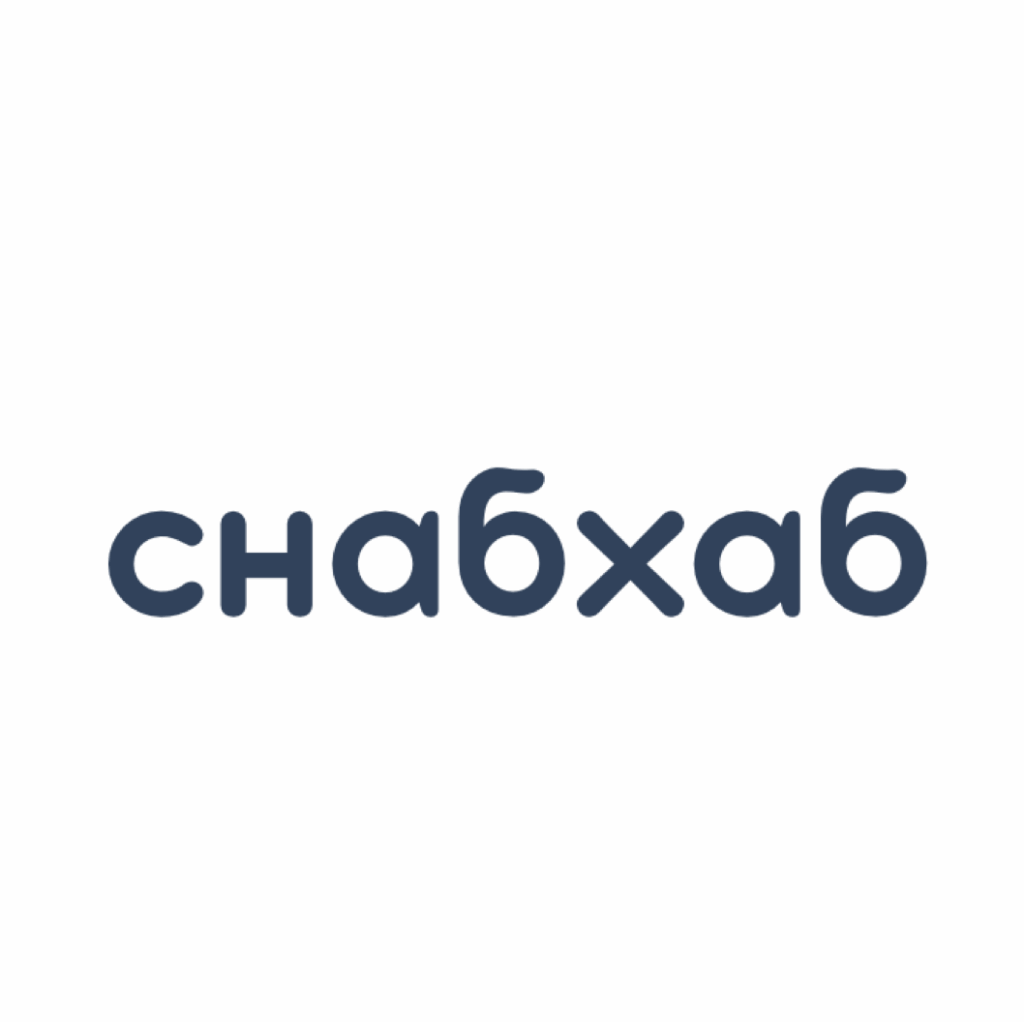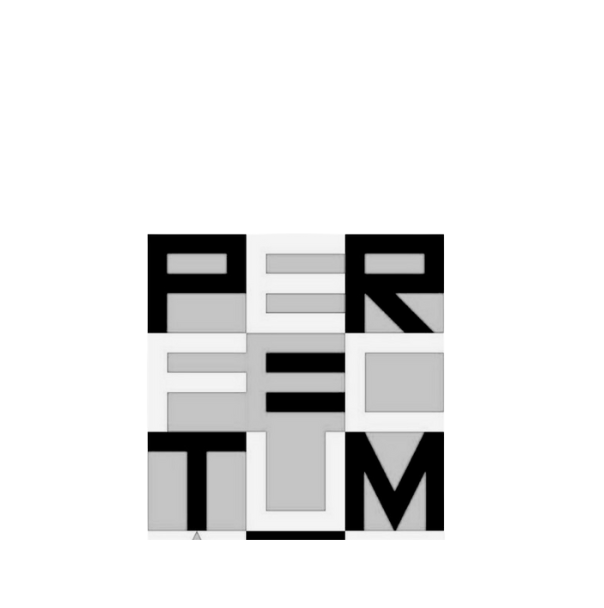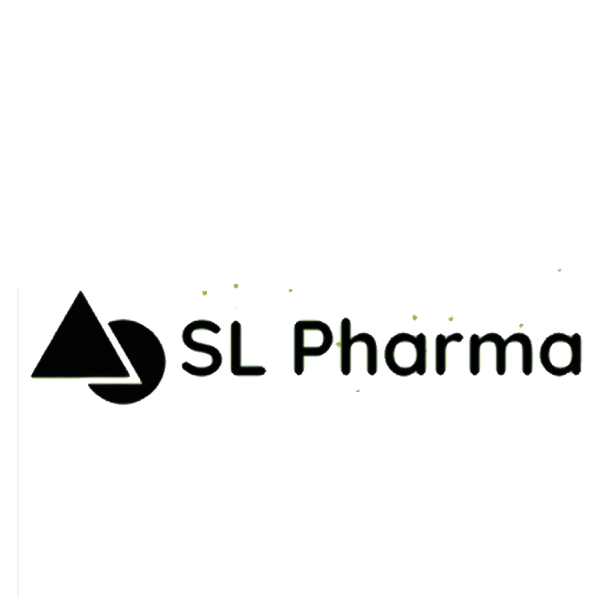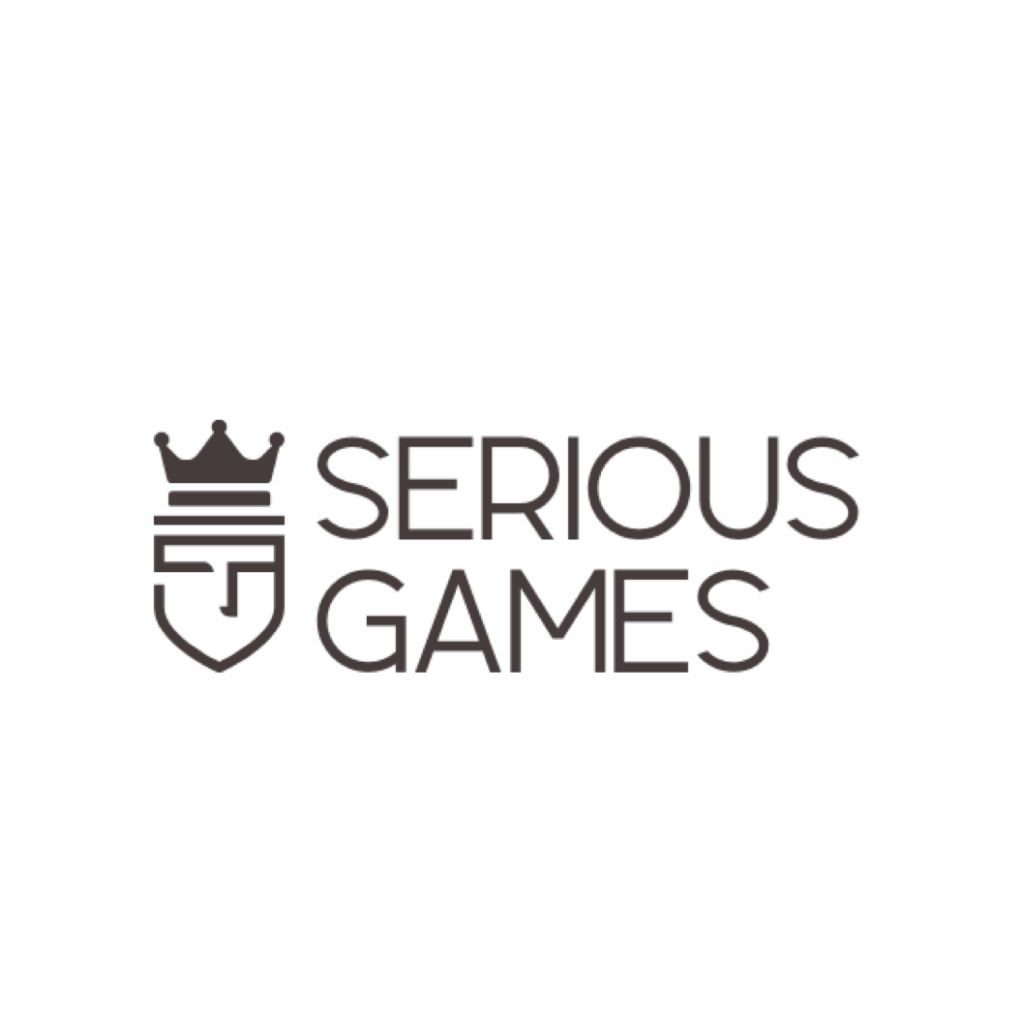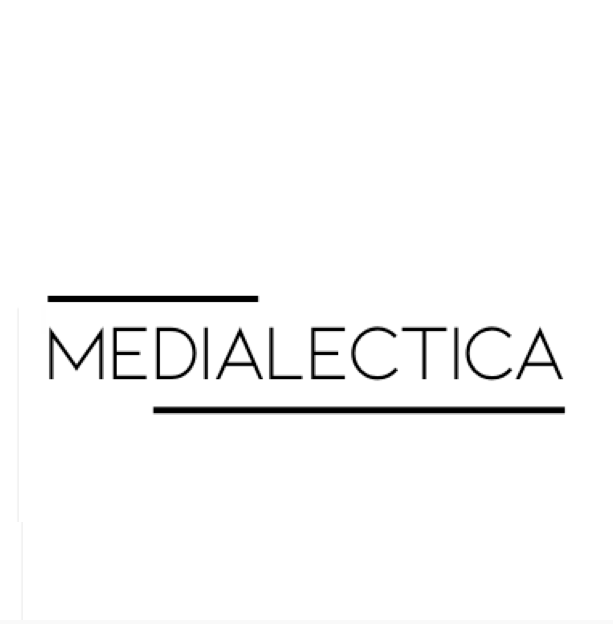The global art market stands at a fascinating crossroads in 2025, experiencing both unprecedented challenges and remarkable opportunities. With an estimated value of $57.5 billion in 2024—marking a 12% decline from previous year yet maintaining robust transaction volumes—the contemporary art and antiques market reflects a complex ecosystem undergoing profound transformation. This comprehensive analysis explores the historical foundations, current market dynamics, emerging trends, and future projections that will shape this multibillion-dollar industry.
“The art market is experiencing its most profound transformation since the Renaissance. We’re witnessing the democratization of a traditionally exclusive world, where blockchain authentication meets centuries-old craftsmanship, and AI algorithms help us understand artistic value in ways our predecessors could never imagine. The future belongs to those who can bridge the digital divide while preserving the human soul of art.”
– Elena Volodina, Founder of VOLODINA.Lab
Historical Foundations: From Renaissance Patronage to Modern Markets
The Genesis of Art Commerce
The art market’s evolution spans millennia, with its modern incarnation tracing back to Renaissance Florence, where the Medici family pioneered systematic art patronage. The transition from commission-based acquisition to secondary market transactions began in the 16th century, establishing the foundational framework for today’s complex marketplace.
The 19th century marked a pivotal transformation, driven by Industrial Revolution prosperity that democratized art acquisition beyond aristocratic circles. London emerged as the epicenter of this evolution, with auction houses like Christie’s (established 1766) and Sotheby’s (1744) creating structured platforms for art commerce.
The Antiques Market Evolution
The antiques market experienced its golden age during the 19th century’s retail boom, when shopping became London’s “greatest contribution to the nineteenth century”. Department stores like Harrods began incorporating antiques into their luxury offerings, while the emergence of “bric-a-brac” markets democratized access to historically significant objects.
This period established the fundamental dichotomy between luxury antiques and accessible collectibles—a dynamic that continues to influence market segmentation today.
Contemporary Market Landscape: A Study in Contrasts
Market Size and Performance Metrics
The contemporary art market demonstrates remarkable resilience despite recent volatility. Global art market sales totaled $57.5 billion in 2024, representing a 12% decline from 2023 levels, yet transaction volumes increased by 3% to 40.5 million individual sales. This paradox reveals a critical shift: while high-end sales have contracted, lower-priced segments are experiencing unprecedented growth.
The Art Basel and UBS Global Art Market Report 2025 identifies several key performance indicators:
United States: Maintains market leadership with 43% global share ($27.2 billion)
United Kingdom: Reclaimed second position with 18% share ($10.4 billion)
China: Experienced significant contraction to 15% share, declining 31% year-over-year
Digital Transformation and Online Sales
The digital revolution has permanently altered art market dynamics. Online sales now represent 18% of total market value, maintaining stability from pandemic peaks while remaining 76% above pre-2019 levels. This digital infrastructure has democratized access, with nearly half of all new auction clients acquired through online channels.
Platforms utilizing artificial intelligence for valuation and authentication are revolutionizing traditional appraisal methods. AI-powered market analysis processes millions of auction records instantaneously, providing collectors with unprecedented insights into artwork valuation and market trends.
Segment Analysis: Contemporary vs. Antiques
Contemporary Art Market Dynamics
The contemporary art segment faced significant headwinds in 2024, with auction sales declining 36% to $1.4 billion—the lowest level since 2018. The “Young Contemporary” subsector proved particularly vulnerable, with emerging artists experiencing sales declines exceeding 45%.
However, established contemporary works demonstrated greater resilience. Post-war and contemporary art from blue-chip artists maintained relatively stable performance despite market pressures, indicating collector flight-to-quality behavior.
Antiques Market Resilience
The antiques market has shown remarkable stability compared to contemporary segments. Traditional collecting categories continue attracting dedicated collector bases, with provenance and historical significance driving sustained demand. The integration of blockchain technology for authentication is revolutionizing antiques verification, addressing centuries-old challenges of provenance documentation.
Technological Disruption and Innovation
Blockchain Authentication Revolution
Blockchain technology is solving centuries-old authentication problems by creating immutable digital certificates for artworks. Platforms like Verisart and Artory utilize distributed ledger technology to establish tamper-proof provenance records, with each artwork receiving a unique digital token containing comprehensive historical data.
This technological advancement addresses the FBI’s estimate that art crime ranks as the third-highest-grossing criminal enterprise worldwide, behind only drugs and arms trafficking.
AI in Art Creation and Valuation
The global AI art market reached $3.2 billion in 2024 and projects explosive growth to $40.4 billion by 2033, representing a compound annual growth rate of 28.9%. AI applications span creation, valuation, and market analysis, with 29% of digital artists currently incorporating AI into their creative processes.
NFT Market Evolution
Despite earlier volatility, the NFT art market is experiencing renewed growth, expanding from $3.30 billion in 2024 to a projected $45.97 billion by 2033. This represents a 34% compound annual growth rate, driven by mature collectors prioritizing utility-driven and sustainable digital assets.
Regional Market Dynamics
Geographic Distribution and Performance
The art market’s geographic concentration remains pronounced, with the US-UK-China triad controlling approximately 76% of global market value. However, regional performance varies significantly:
North America leads with sophisticated infrastructure and millennial collector engagement driving 22% of global NFT market share. The region benefits from established financial markets and robust digital adoption.
Asia-Pacific demonstrates the fastest growth trajectory, particularly in cryptocurrency adoption and metaverse integration. Countries like Japan showed resilience with modest 2% growth in 2024, contrasting sharply with regional declines.
Europe maintains traditional market strength while adapting to digital transformation, with the UK’s resilient performance offsetting continental European challenges.
Collector Demographics and Behavioral Shifts
Generational Market Dynamics
Collector behavior varies dramatically across generational cohorts, fundamentally reshaping market dynamics:
Generation X emerges as the highest-spending demographic, averaging $145,000 for paintings compared to $108,000 for millennials. This cohort demonstrates preference for traditional mediums and established artists.
Millennial collectors lead in total art expenditure, with 30% spending over $1 million annually and average purchases of $228,000. They demonstrate strong digital adoption, with 69% making online purchases and 92% using Instagram for art-related activities.
Generation Z revolutionizes entry-level collecting, with 89% attracted to prints by emerging artists and 46% investing in established artist editions. Their preference for street art and photography indicates significant genre diversification potential.
Female Collectors and Artists
The market is witnessing unprecedented growth in female participation. Women collectors now spend more annually than male counterparts, with median spending of $72,500 compared to male collectors. Female artists’ market representation has increased from 33% in 2018 to 44% in 2024 in high-net-worth collections.
This shift reflects broader wealth transfer dynamics, with women positioned to control majority global assets in coming decades.
Investment Performance and Alternative Assets
Art as Portfolio Diversification
Art’s performance as an alternative investment demonstrates compelling characteristics. Contemporary art generated 14% annual returns over 25 years compared to 9.5% from the S&P 500. This outperformance, combined with low correlation to traditional asset classes, positions art as valuable portfolio diversification tool.
Paintings deliver 2.49% annual real returns, outperforming sculptures (1.11%) but trailing classic cars and wine investments. However, high transaction costs of 25-35% significantly impact net returns, making art most suitable for high-net-worth individuals capable of absorbing these expenses.
Market Timing and Cycles
Art markets demonstrate distinct cyclical patterns. During the 2008 financial crisis, the art market recovered to pre-crash levels by 2010, two years faster than the S&P 500’s recovery timeline. This resilience stems from art’s relative illiquidity providing buffer against market volatility.
Sustainability and Climate Considerations
Environmental Impact Assessment
The art world faces increasing scrutiny regarding environmental impact. Annual carbon emissions total 70 million tonnes of CO2 equivalent, exceeding national emissions of several European countries. Art fairs represent one-third of typical gallery carbon footprints, with transportation accounting for up to 70% of these emissions.
Sustainable Market Initiatives
Leading institutions are implementing comprehensive sustainability programs. Hauser & Wirth committed to 50% emissions reduction by 2030, setting precedents for major galleries. The Gallery Climate Coalition promotes industry-wide sustainable practices, while digital platforms reduce travel-related emissions through virtual viewing experiences.
Collectors increasingly prioritize environmentally conscious artists and galleries, with 23% of wealth managers reporting increased client spending on sustainable art investments.
Future Trends and Projections
Market Size Forecasts
Multiple forecasting models project significant market expansion. Straits Research estimates growth from $552.03 billion in 2024 to $944.59 billion by 2033, representing a 6.15% compound annual growth rate. This growth is driven by high-net-worth individual expansion and AI integration.
Technological Integration
Artificial intelligence will fundamentally reshape art creation and evaluation. The AI art market’s projected growth to $40.4 billion by 2033 indicates technology’s central role in future market dynamics. Generative AI segment expansion at 34.2% CAGR will enable unprecedented creative possibilities while raising questions about traditional artistic valuation methods.
Blockchain Ecosystem Development
Smart contracts will automate royalty distributions, ensuring artists receive ongoing compensation from secondary sales. This technological advancement addresses historical artist compensation inequities while creating transparent, efficient transaction mechanisms.
Market Access Democratization
Digital platforms will continue expanding market accessibility, with younger demographics driving volume growth in lower-priced segments. The prints market’s doubling over the past decade demonstrates this democratization trend.
Challenges and Risk Factors
Market Concentration Risks
The market’s concentration in high-end segments creates vulnerability to economic downturns affecting ultra-wealthy collectors. The high-end market contraction in 2023-2024 demonstrates this concentration risk.
Authentication and Fraud
Despite technological advances, art forgery remains persistent, with estimates suggesting up to 50% of circulating art may be counterfeit. While blockchain provides solutions, implementation across the entire market remains incomplete.
Liquidity Constraints
Art’s inherent illiquidity poses challenges for portfolio management, particularly during economic stress periods. High transaction costs and time-intensive sale processes limit art’s utility as liquid alternative investment.
Regional Market Opportunities
Emerging Market Potential
Africa, Latin America, and Asia show substantial growth in promoting indigenous artists and establishing local art infrastructure. These regions offer significant appreciation potential as global collectors discover previously underrepresented artists.
Cultural Repatriation Trends
Growing emphasis on cultural heritage repatriation creates opportunities in domestic markets while challenging traditional colonial-era collecting patterns. This trend particularly affects antiquities and ethnographic art markets.
Conclusion: Navigating the Art Market’s Evolution
The contemporary art and antiques market stands at an inflection point, balancing traditional collecting patterns with technological innovation and demographic transformation. While short-term volatility reflects broader economic uncertainties, fundamental drivers—including wealth creation, digital adoption, and cultural appreciation—support long-term growth prospects.
Success in this evolving landscape requires understanding multiple dynamics: generational collector preferences, technological capabilities, sustainability imperatives, and regional market opportunities. The market’s increasing democratization through digital platforms creates accessibility while maintaining exclusivity in premium segments.
Investment considerations must balance financial returns with aesthetic appreciation, recognizing art’s unique position as both cultural artifact and financial asset. The integration of artificial intelligence, blockchain authentication, and sustainable practices will define competitive advantages for market participants.
As the market continues evolving, adaptability and expertise become paramount. Whether focusing on contemporary creations or historical antiques, success requires deep market knowledge, technological fluency, and understanding of broader cultural trends shaping collector behavior and artistic valuation.
The art market’s future promises continued expansion, driven by global wealth creation, technological innovation, and cultural appreciation. However, this growth will likely favor participants who successfully navigate the complex interplay between tradition and innovation, exclusivity and accessibility, financial returns and cultural value.
“Today’s collectors aren’t just buying art—they’re investing in cultural legacy and environmental responsibility. The modern art ecosystem demands transparency, sustainability, and authentic storytelling. We’re moving beyond mere transaction to transformation, where every acquisition becomes a statement about the world we want to create. The gallery of tomorrow will be as much about impact as it is about aesthetics.”
– Kirill Perchenko, Collector and Founder of PerfectumArt
The art market’s evolution reflects humanity’s enduring relationship with creativity and cultural expression. As we advance into an increasingly digital and globalized world, art remains a tangible connection to human imagination and historical continuity—values that transcend economic cycles and technological disruption.


